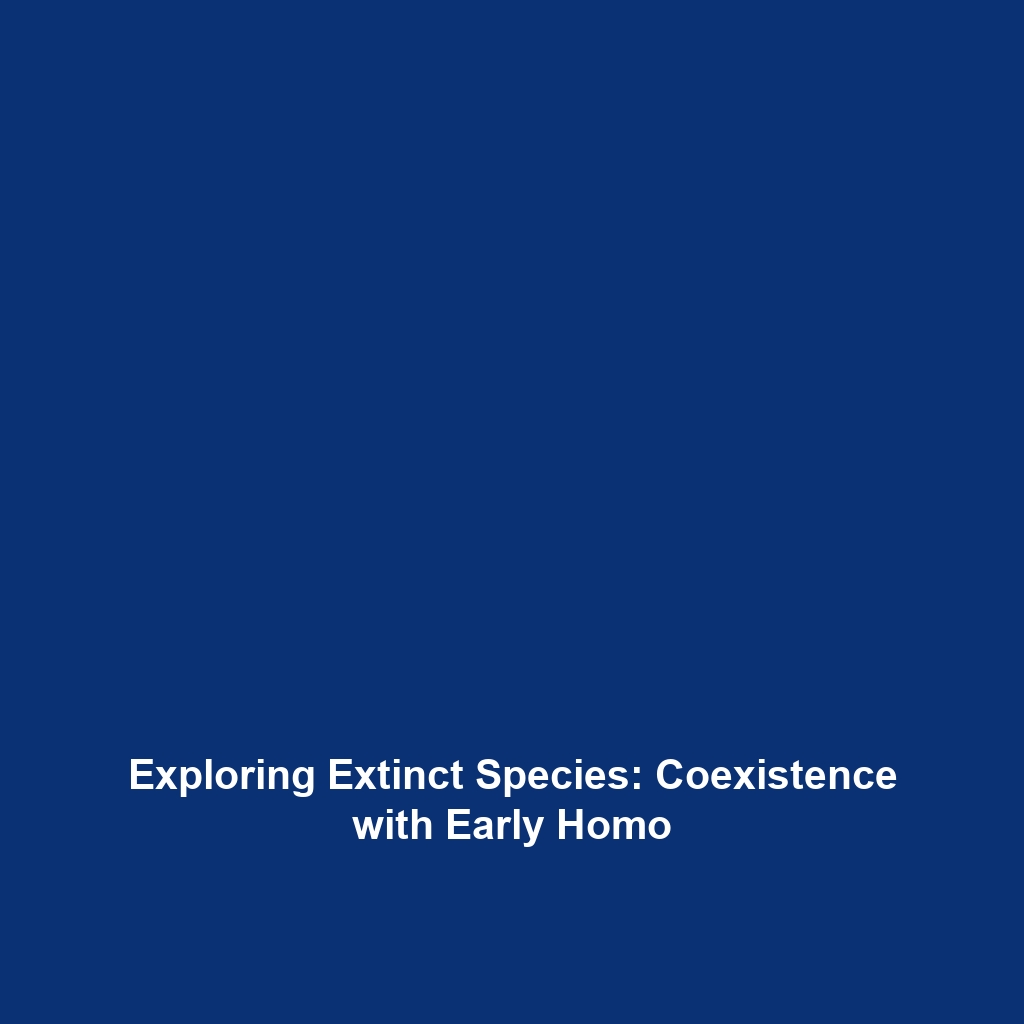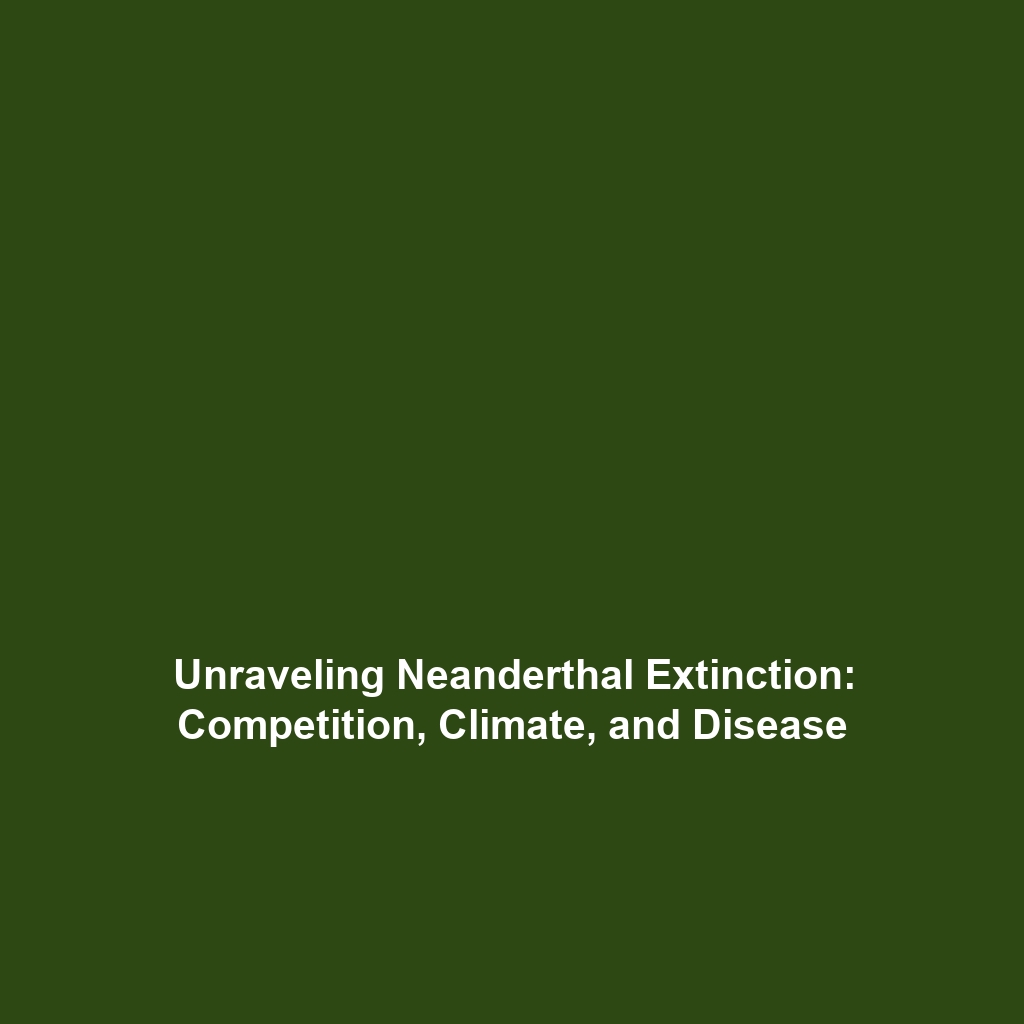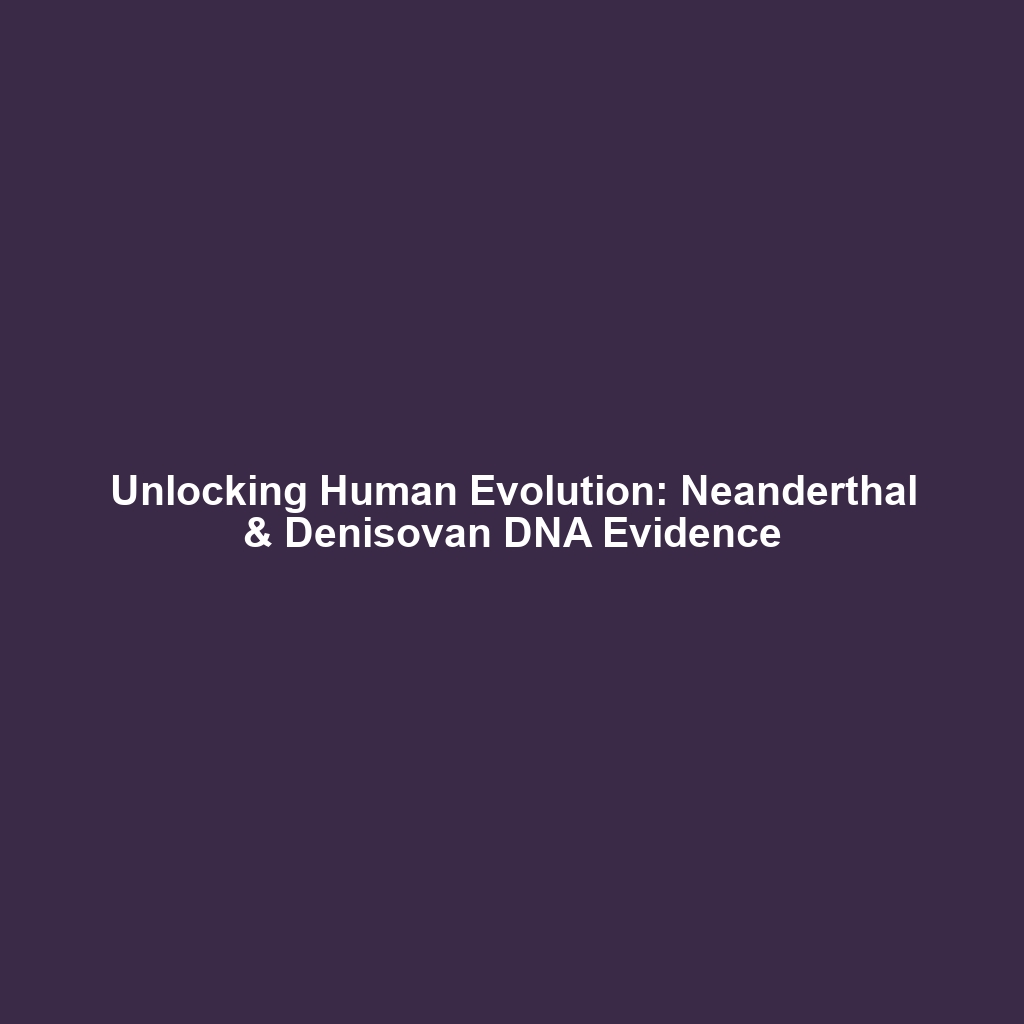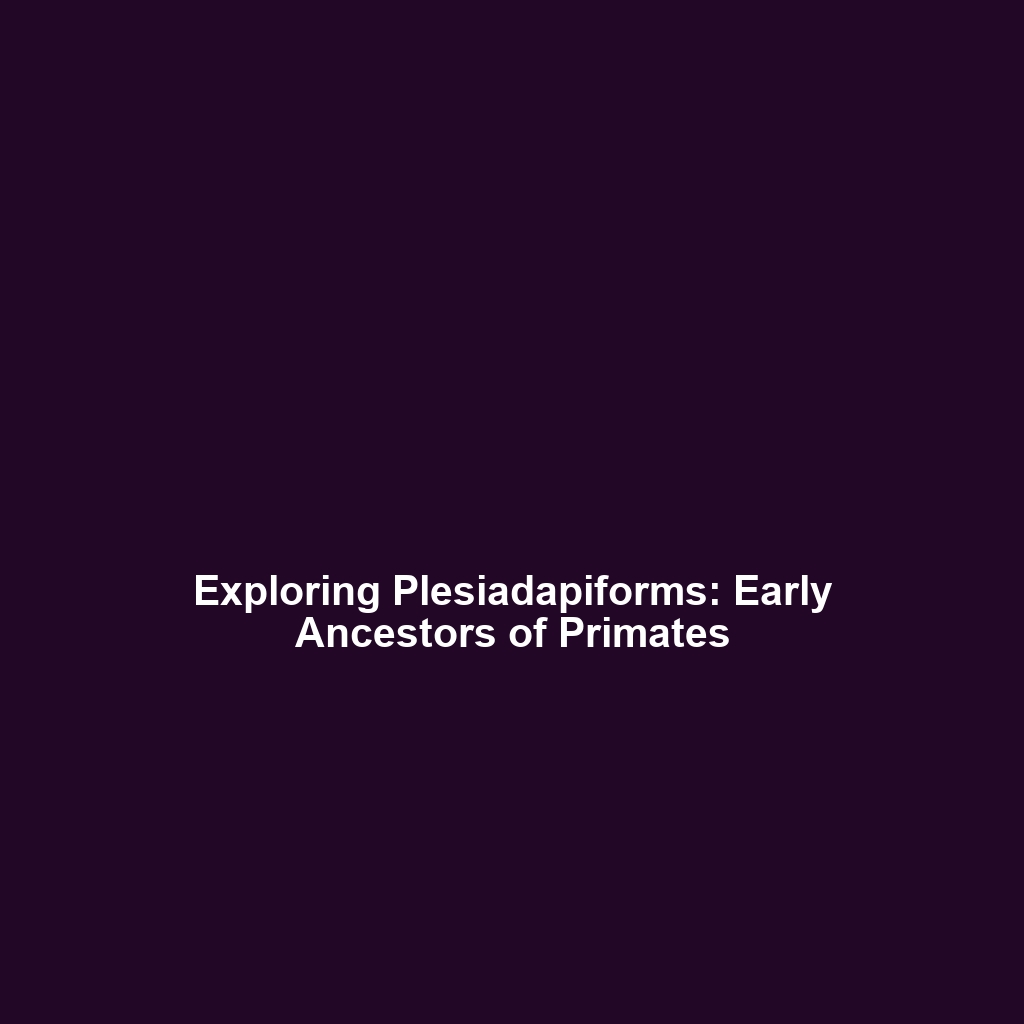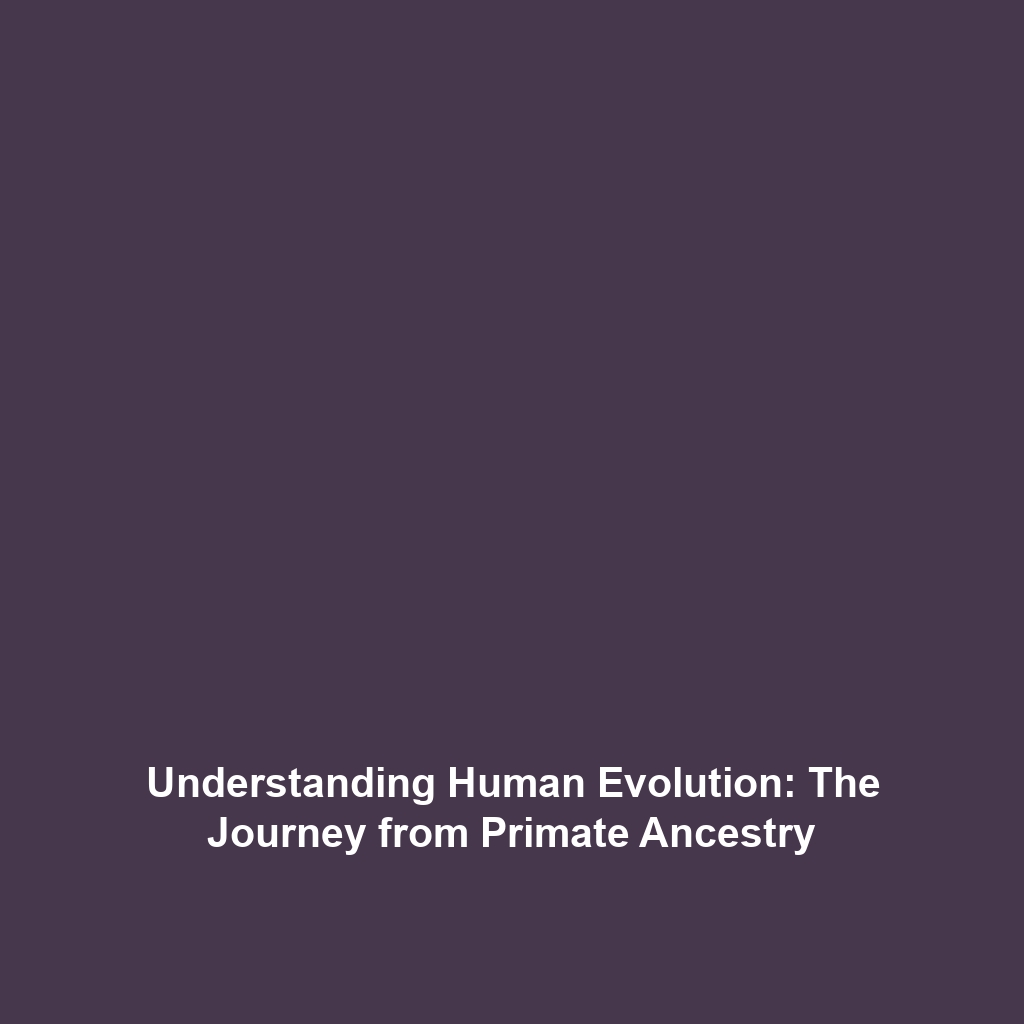Fire and Tools: Evidence of Controlled Fire Use and Acheulean Tool-Making
Introduction
The control of fire and the innovation of tools are pivotal milestones in human evolution. The evidence of controlled fire use and the creation of Acheulean tools not only showcase the advancements in prehistoric technologies but also reflect the profound impacts these developments had on early hominins. Mastery of fire enabled our ancestors to cook food, ward off predators, and develop social structures around communal gatherings. Understanding these concepts is critical as they laid foundational elements for future human societal developments.
Key Concepts
Controlled Fire Use
Controlled fire use is defined as the ability of our ancestors to ignite and maintain fire for various practical purposes. This mastery contributed to survival by:
- Providing warmth and protection against cold climates
- Facilitating cooking, which made food more digestible and nutrients more accessible
- Enhancing social interaction through communal gatherings around fire
Acheulean Tool-Making
Acheulean tools represent a significant step in tool-making technology, characterized by bifacial hand axes and other sophisticated implements. This advanced tool-making reflects:
- Improved cognitive capabilities in early hominins
- Increased efficiency in hunting and food processing
- Evidence of planning and design in tool construction
Applications and Real-World Uses
Understanding the applications of fire and Acheulean tools within the context of human evolution reveals insights into how these technologies shaped human existence. Examples include:
- How controlled fire is used in human evolution: It helped in developing larger brains by providing cooked food that required less energy to digest.
- Applications of Acheulean tools in human evolution: They allowed early humans to effectively hunt, gather, and expand into new environments.
Current Challenges
Studying controlled fire use and Acheulean tool-making presents several challenges:
- The scarcity of direct archaeological evidence can limit our understanding.
- Interpreting the cultural significance of tools and fire requires careful context consideration.
- Discrepancies between findings in different regions complicate the narrative of human evolution.
Future Research and Innovations
Future research aims to uncover new methodologies for studying ancient fire sites and tool production. Innovations may include:
- Advanced imaging techniques to reveal hidden layers of fire use in archaeological sites.
- Experimental archaeology to replicate site conditions and understand ancient human behaviors.
- Next-generation sequencing technologies to analyze ancient DNA linked to early hominins’ tools.
Conclusion
In summary, the evidence of controlled fire use and Acheulean tool-making significantly contribute to our understanding of human evolution. They not only facilitated the survival of early hominins but also set the stage for social and technological developments that followed. Continued research in these areas is vital for comprehending the complexities of our ancestry and can further illuminate the path of human progress. For more insights on human evolution, explore related topics and enhance your understanding of this fascinating field.


